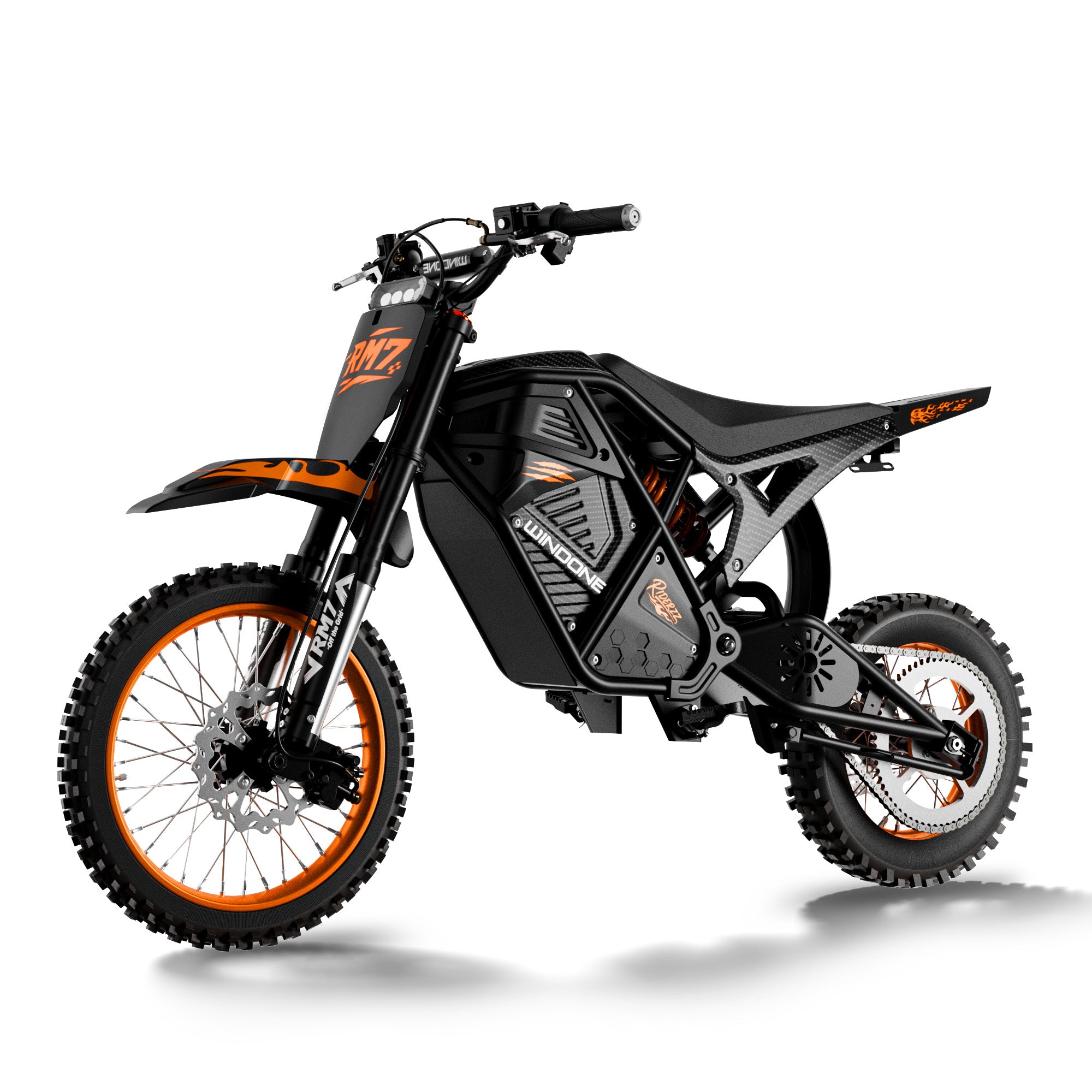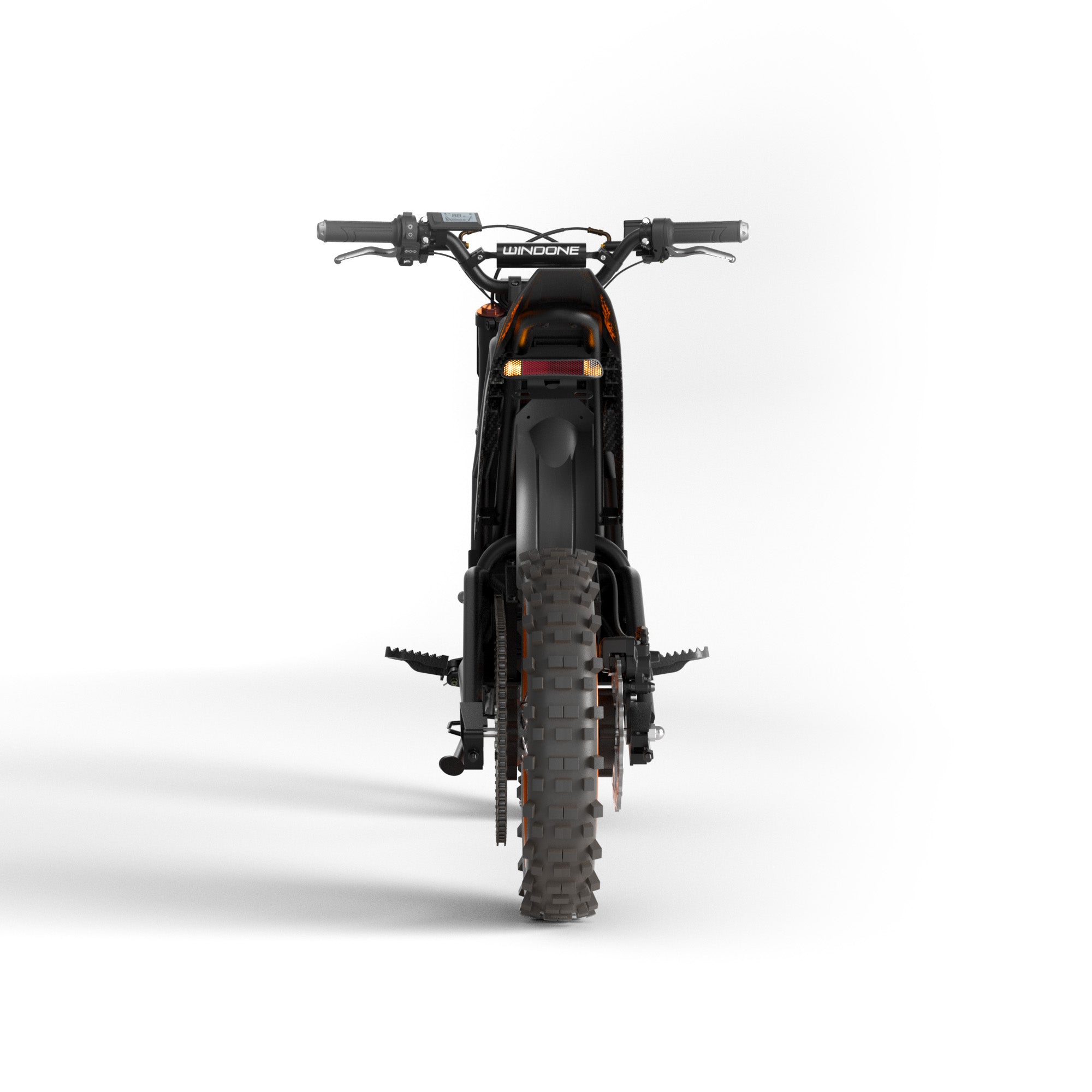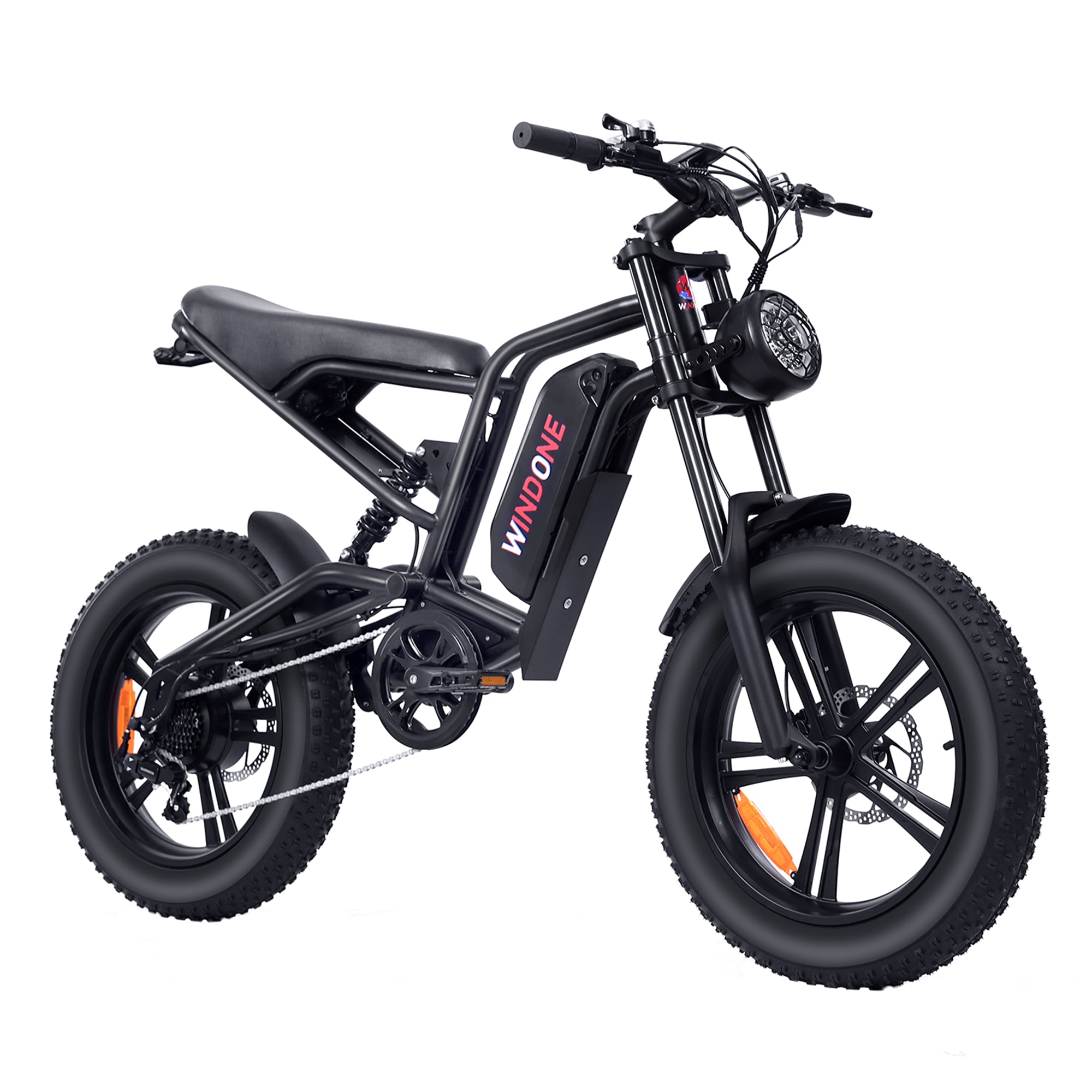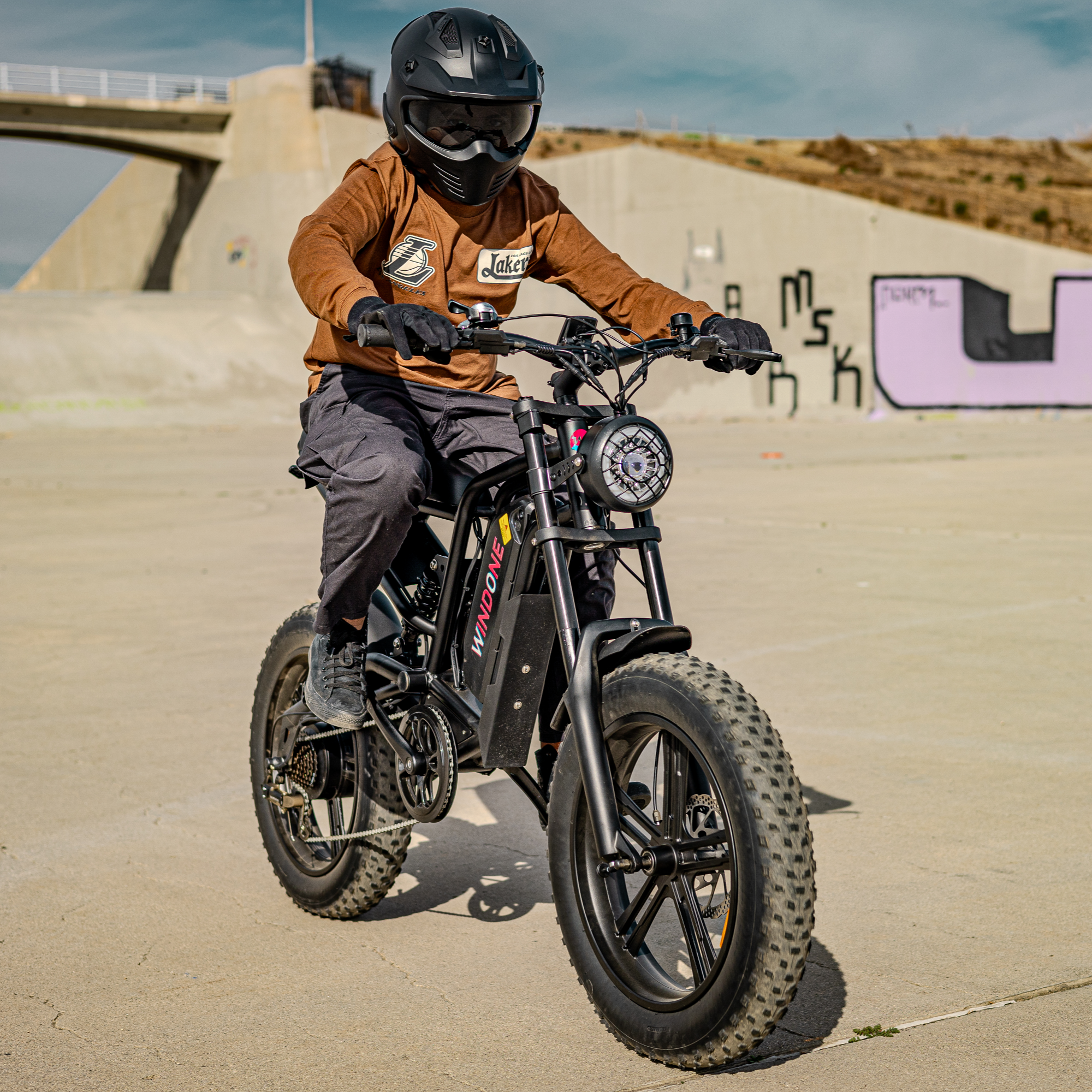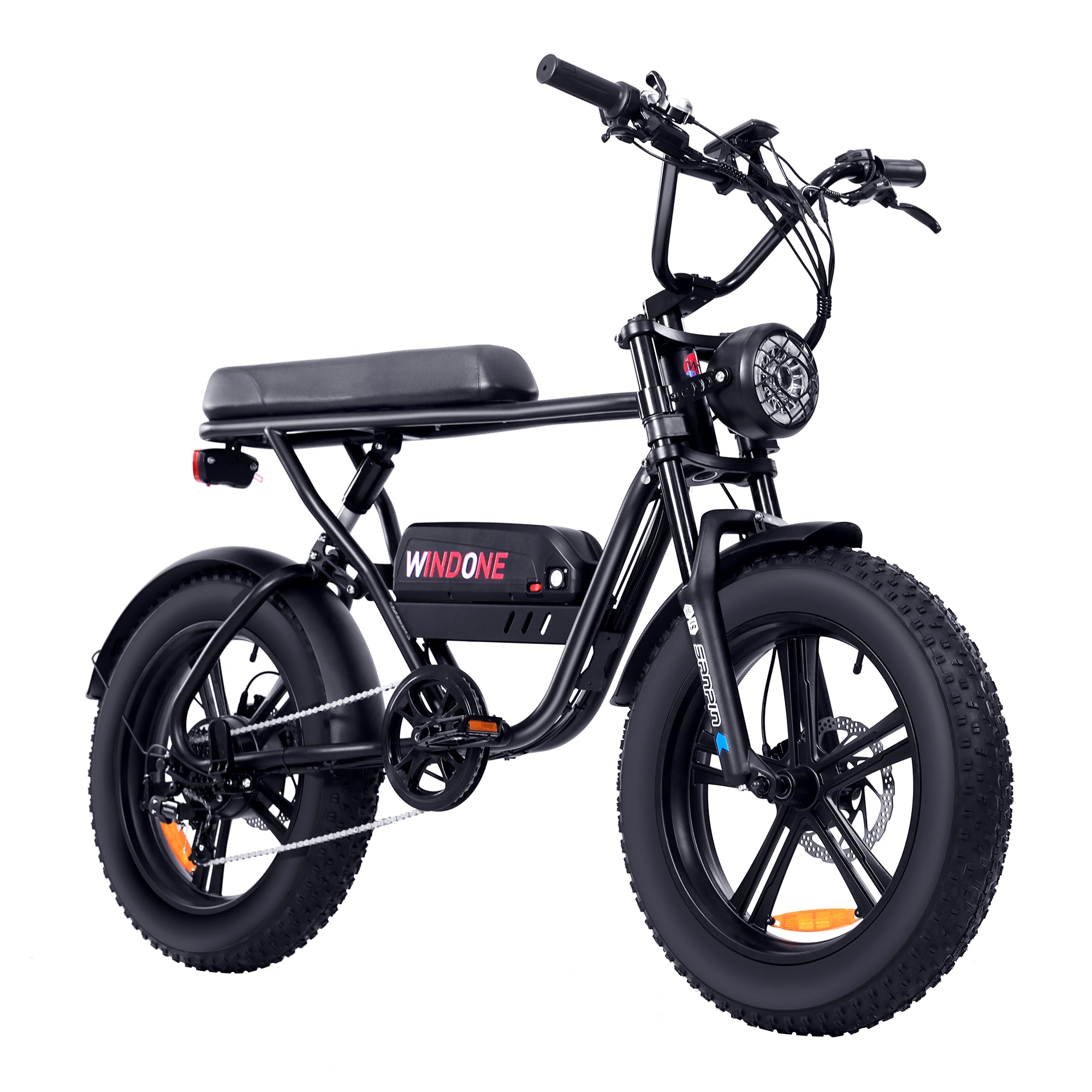Choosing the right e-bike starts with understanding the differences between ebike classes. Each class varies in speed limits, motor assistance, and throttle functionality, which directly impact your riding experience. For example, Class 1 bikes rely solely on pedal-assist, while Class 2 models include a throttle option. Class 3 bikes offer higher speeds but exclude throttle use.
These distinctions are more than technical details—they're essential for safety and compliance. Between 2017 and 2022, emergency departments reported a sharp increase in injuries linked to micromobility devices like e-bikes. Nearly half of all e-bike injuries occurred in the last recorded year, and 233 deaths were associated with e-bikes during this period. Knowing the features and legal restrictions of ebike classes helps you make informed decisions, ensuring both safety and satisfaction in your ride.
Key Takeaways
-
Class 1 e-bikes help you pedal but don’t have a throttle. They are great for fun rides or commuting with light help.
-
Class 2 e-bikes let you pedal or use a throttle. These are good for quick trips or relaxed rides without much effort.
-
Class 3 e-bikes are built for speed. They assist pedaling up to 28 mph, perfect for long rides or city travel.
-
Always check your state’s e-bike rules. Laws can change where and how you ride.
-
Pick an e-bike class based on your needs. Think about whether you want ease, options, or speed.
Class 1 Ebike
Features
A class 1 e-bike offers a straightforward and user-friendly experience. It provides electric assistance only when you pedal, making it feel similar to riding a traditional bicycle. This type of ebike is perfect if you enjoy cycling but want a little extra help on hills or long rides. The motor stops assisting once you reach a maximum speed of 20 mph, ensuring a safe and controlled ride. Manufacturers have also enhanced these bikes with advanced features like better battery life and improved responsiveness. For example, models like the Ride1Up LMT’D V2 include a torque sensor that adjusts the motor's assistance based on how hard you pedal, giving you a smoother and more comfortable ride.
Class 1 e-bikes dominate the market, holding over 72% of the share. Their design appeals to recreational riders, commuters, and cycling enthusiasts who want to maintain their usual riding habits while enjoying the benefits of pedal-assist technology.
Legal Regulations
Class 1 e-bikes are widely accepted under ebike laws. Most states and countries treat them like regular bicycles, meaning you can ride them on bike paths, trails, and roads where traditional bikes are allowed. However, some areas may have specific laws regarding their use, so it's essential to check local regulations before riding. These bikes typically meet safety requirements, such as having functional brakes and lights for visibility. Their limited speed and reliance on pedal-assist make them a safer option for shared spaces.
Ideal Use Cases
Class 1 e-bikes are ideal for a variety of riders. If you commute to work or school, this electric bike can make your journey faster and less tiring. It’s also great for recreational use, whether you’re exploring trails, riding with friends, or enjoying a weekend adventure. The pedal assist ensures you can tackle challenging terrain or longer distances without exhausting yourself. If you’re new to e-bikes, a class 1 model is an excellent starting point due to its simplicity and versatility.
Class 2 Ebike
Features
A class 2 e-bike offers a unique combination of pedal-assist and throttle functionality. Unlike a class 1 model, this electric bike allows you to use a throttle to power the motor without pedaling. This feature makes it convenient for riders who want to take a break from pedaling or need an extra boost in challenging situations. Similar to class 1 e-bikes, the motor assistance stops once you reach a maximum speed of 20 mph. These bikes often come equipped with user-friendly controls, durable frames, and reliable batteries, ensuring a smooth and enjoyable ride.
Class 2 e-bikes are versatile and cater to a wide range of riders. Whether you’re commuting, running errands, or exploring new trails, the throttle feature provides added flexibility. Many models also include advanced features like LCD displays, adjustable pedal-assist levels, and integrated lights for enhanced safety.
Legal Regulations
Class 2 e-bikes fall under specific ebike laws that vary by state and country. In the United States, the Consumer Product Safety Commission (CPSC) defines e-bikes as having an electric motor of less than 750 watts and a maximum speed of 20 mph when powered solely by the motor. Most states with a 3-class system exempt class 2 e-bikes from licensing and registration requirements. However, some states, like Hawaii, require registration.
Helmet laws also apply to class 2 e-bikes. At least 25 states and Washington, D.C., enforce helmet requirements, often for riders under a certain age. Regarding access to multi-use paths, many states allow class 2 e-bikes on bike paths, but local regulations may vary. Always check your local ebike laws to ensure compliance.
|
Regulation Type |
Details |
|---|---|
|
Federal Definition |
e-Bikes are defined by the CPSC as having an electric motor of less than 750 watts and a max speed of 20 mph when powered solely by the motor. |
|
Helmet Requirements |
At least 25 states and D.C. enforce helmet laws, often for riders under a specific age. |
|
Licensing and Registration |
States with a 3-Class system typically exempt eBikes from registration, but some states like Hawaii require registration. |
|
Access to Multi-Use Paths |
Many states allow Class 1 and 2 eBikes on bike paths, while Class 3 eBikes may face restrictions. |
Ideal Use Cases
Class 2 e-bikes are perfect for riders who value convenience and flexibility. If you commute daily, the throttle feature can help you navigate traffic or tackle steep inclines without breaking a sweat. These bikes are also great for running errands, as the throttle allows you to carry heavy loads with ease. For recreational riders, class 2 e-bikes provide a fun and effortless way to explore trails or enjoy leisurely rides.
If you’re new to e-bikes, a class 2 model offers a balance of pedal-assist and throttle functionality, making it an excellent choice for beginners. The ability to switch between pedaling and throttle use ensures you can adapt to different terrains and riding conditions effortlessly.
Class 3 Ebike
Features
A class 3 e-bike offers the fastest ride among the three classes. Its motor provides pedal-assist up to a maximum speed of 28 mph, making it ideal for riders who need extra speed for commuting or long-distance travel. Unlike class 2 models, class 3 bikes do not include a throttle. You must pedal to activate the motor, which gives you a more active riding experience.
Manufacturers often equip class 3 bikes with advanced features to enhance performance and safety. These include high-capacity batteries, durable frames, and powerful brakes. Some models also feature integrated lights and LCD displays to improve visibility and provide real-time data on speed and battery life. If you want an electric bike that combines speed and reliability, class 3 is a great choice.
Legal Regulations
Class 3 e-bikes face stricter ebike laws compared to other classes. Many states limit their use to roads and bike lanes, excluding them from multi-use paths and trails. You may need to wear a helmet, regardless of your age, due to the higher speeds these bikes can reach. Some states also require riders to be at least 16 years old to operate a class 3 bike.
Always check local laws before riding a class 3 e-bike. Regulations vary widely, and compliance ensures both safety and legal use.
|
Regulation Type |
Details |
|---|---|
|
Speed Limit |
Motor assistance stops at 28 mph. |
|
Helmet Requirements |
Mandatory in many states, often for all riders. |
|
Age Restrictions |
Minimum age of 16 required in some states. |
|
Path Access |
Limited access to multi-use paths; primarily allowed on roads. |
Ideal Use Cases
Class 3 e-bikes suit riders who prioritize speed and efficiency. If you commute over long distances, this bike can significantly reduce travel time. It’s also perfect for urban environments where faster speeds help you keep up with traffic. For fitness enthusiasts, the pedal-assist feature provides a challenging yet rewarding workout.
These bikes are less suitable for recreational trails due to legal restrictions. However, they excel in city commuting and road cycling. If you need a high-performance e-bike for daily use, a class 3 model delivers both speed and reliability.
Comparing Ebike Classes

Features Comparison
When comparing the features of ebike classes, you’ll notice distinct differences in motor assistance, speed, and throttle functionality. Class 1 e-bikes rely solely on pedal-assist, meaning the motor activates only when you pedal. This design mimics the feel of a traditional bicycle while offering extra support. Class 2 e-bikes, on the other hand, combine pedal-assist with a throttle feature. The throttle allows you to engage the motor without pedaling, making it ideal for situations where you need a quick boost or want to rest your legs. Class 3 e-bikes focus on speed, providing pedal-assist up to 28 mph but excluding throttle functionality.
Here’s a quick comparison of the features:
|
Ebike Class |
Motor Assistance |
Top Speed |
Throttle Feature |
Intended Use |
|---|---|---|---|---|
|
Class 1 |
Pedal assist only |
No |
Recreational use on trails and paths |
|
|
Class 2 |
Pedal assist + throttle |
20 mph |
Yes |
Versatile for casual riding |
|
Class 3 |
Pedal assist only |
28 mph |
No |
Faster commuting on roads |
Class 2 e-bikes stand out for their versatility. You can switch between pedaling and throttle use depending on your needs. If you prefer a more active experience, Class 1 and Class 3 models offer excellent options.
Legal Regulations Comparison
Understanding the laws governing ebike classes is crucial for safe and legal riding. Class 1 e-bikes enjoy the most lenient regulations. You can ride them on bike paths, trails, and roads in most areas. Class 2 e-bikes share similar access privileges, but some states impose restrictions on throttle use. Class 3 e-bikes face stricter rules due to their higher speeds. Many states limit their use to roads and bike lanes, excluding them from multi-use paths.
Helmet requirements also vary. For Class 1 and Class 2 e-bikes, helmets are often mandatory for riders under a certain age. Class 3 e-bikes typically require helmets for all riders, regardless of age. Some states also enforce minimum age restrictions for Class 3 e-bike riders, often setting the limit at 16 years.
Tip: Always check local laws before riding any e-bike. Regulations can differ significantly between states and cities.
Practical Applications Comparison
Each ebike class serves different practical purposes. Class 1 e-bikes excel in recreational settings. You can use them for leisurely rides on trails or paths, enjoying the pedal-assist feature without worrying about throttle control. Class 2 e-bikes offer unmatched flexibility. Whether you’re commuting, running errands, or exploring new terrain, the throttle feature provides convenience and adaptability.
Class 3 e-bikes are built for speed. If you need to cover long distances or navigate urban traffic efficiently, this class is your best choice. The higher speed limit makes it ideal for road cycling and city commuting. However, Class 3 models are less suitable for recreational trails due to legal restrictions.
Choosing the right ebike class depends on your needs. If you value versatility, Class 2 e-bikes are a great option. For recreational use, Class 1 models deliver simplicity and ease. If speed and efficiency are your priorities, Class 3 e-bikes offer the performance you need.
Understanding the differences between Class 1, 2, and 3 e-bikes helps you make an informed choice. Class 1 e-bikes offer simplicity with pedal-assist only, while Class 2 models add throttle functionality for flexibility. Class 3 e-bikes prioritize speed, making them ideal for commuting.
To choose the right e-bike, consider your riding habits and local laws. If you enjoy recreational trails, Class 1 fits well. For versatility, Class 2 provides options for both pedaling and throttle use. If speed is your priority, Class 3 delivers efficiency for urban roads. Always check regulations to ensure compliance and safety.
FAQ
What is the main difference between Class 1, 2, and 3 ebikes?
Class 1 ebikes use pedal-assist only. Class 2 ebikes add a throttle for motor activation without pedaling. Class 3 ebikes focus on speed, offering pedal-assist up to 28 mph but no throttle. Each class suits different riding needs and preferences.
Can you ride an ebike on bike paths?
Class 1 and Class 2 ebikes are generally allowed on bike paths. Class 3 ebikes often face restrictions due to their higher speeds. Always check local regulations to ensure compliance before riding on shared paths.
Do you need a license to ride an ebike?
Most states don’t require a license for Class 1 and Class 2 ebikes. Some states, like Hawaii, mandate registration for certain models. Class 3 ebikes may have stricter rules. Verify your state’s requirements to avoid penalties.
Are helmets mandatory for ebike riders?
Helmet laws vary by state. Riders under a certain age often need helmets for Class 1 and Class 2 ebikes. Class 3 ebikes usually require helmets for all riders due to their higher speeds. Safety should always come first.
Which ebike class is best for commuting?
Class 3 ebikes are ideal for commuting. Their higher speed limit helps you cover long distances quickly. Class 2 ebikes also work well, offering flexibility with throttle and pedal-assist options. Choose based on your route and local laws.









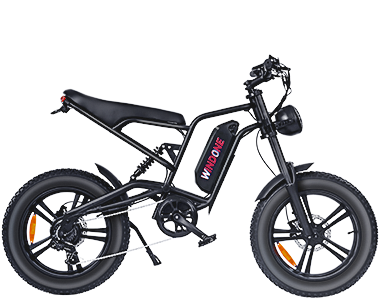
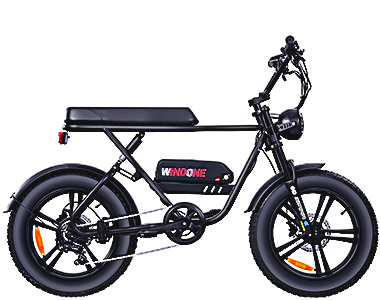
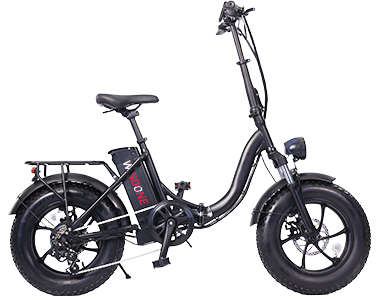
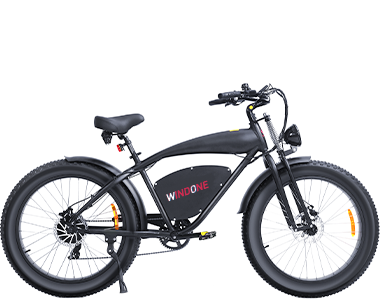
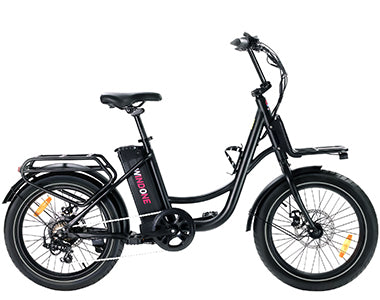
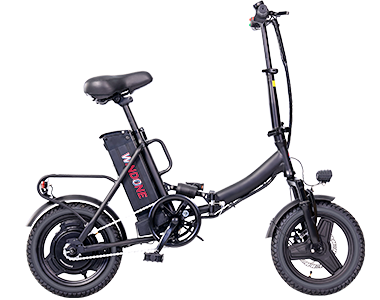


 Electric Inflator Pump
Electric Inflator Pump
 Ebike Locks
Ebike Locks
 Phone Holder
Phone Holder
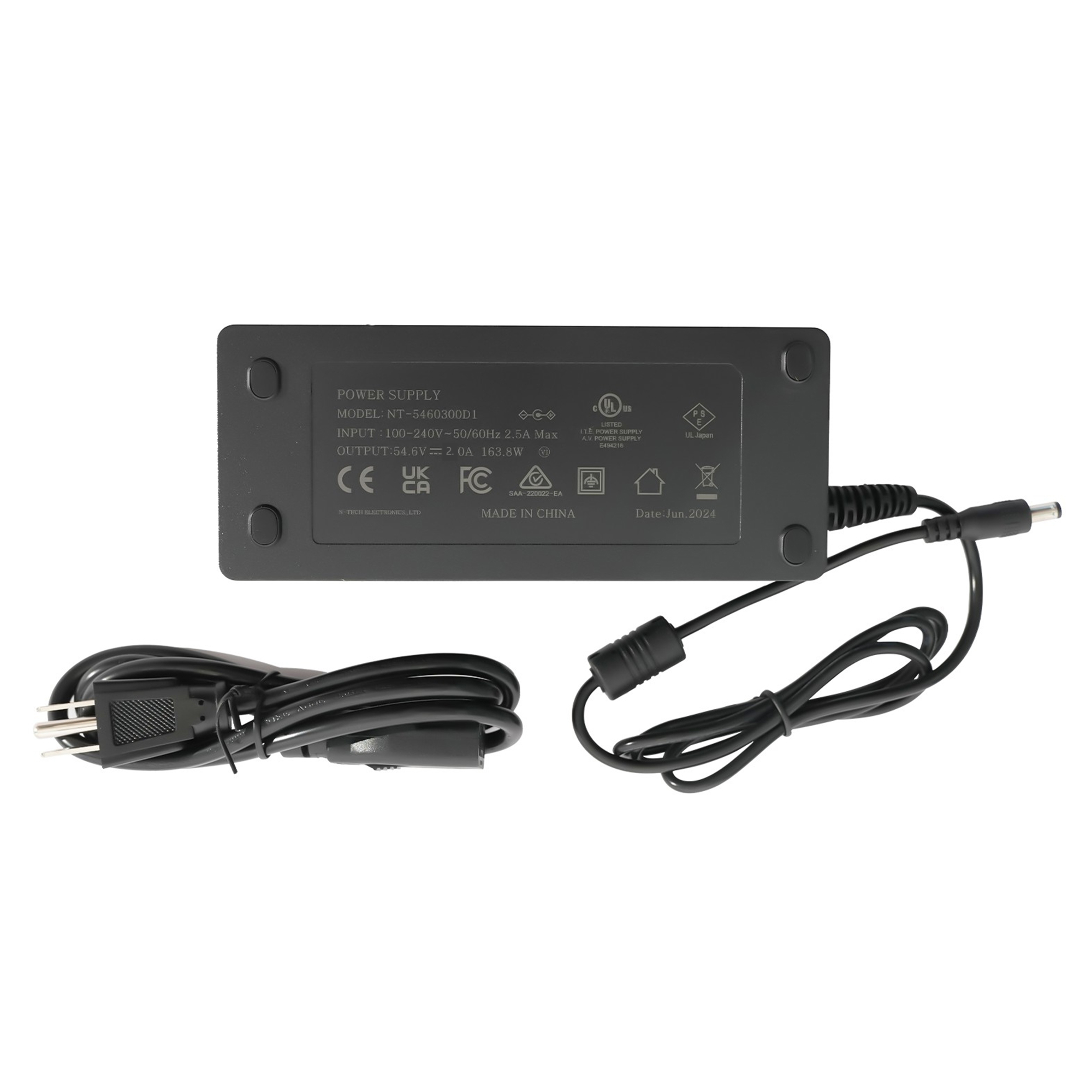
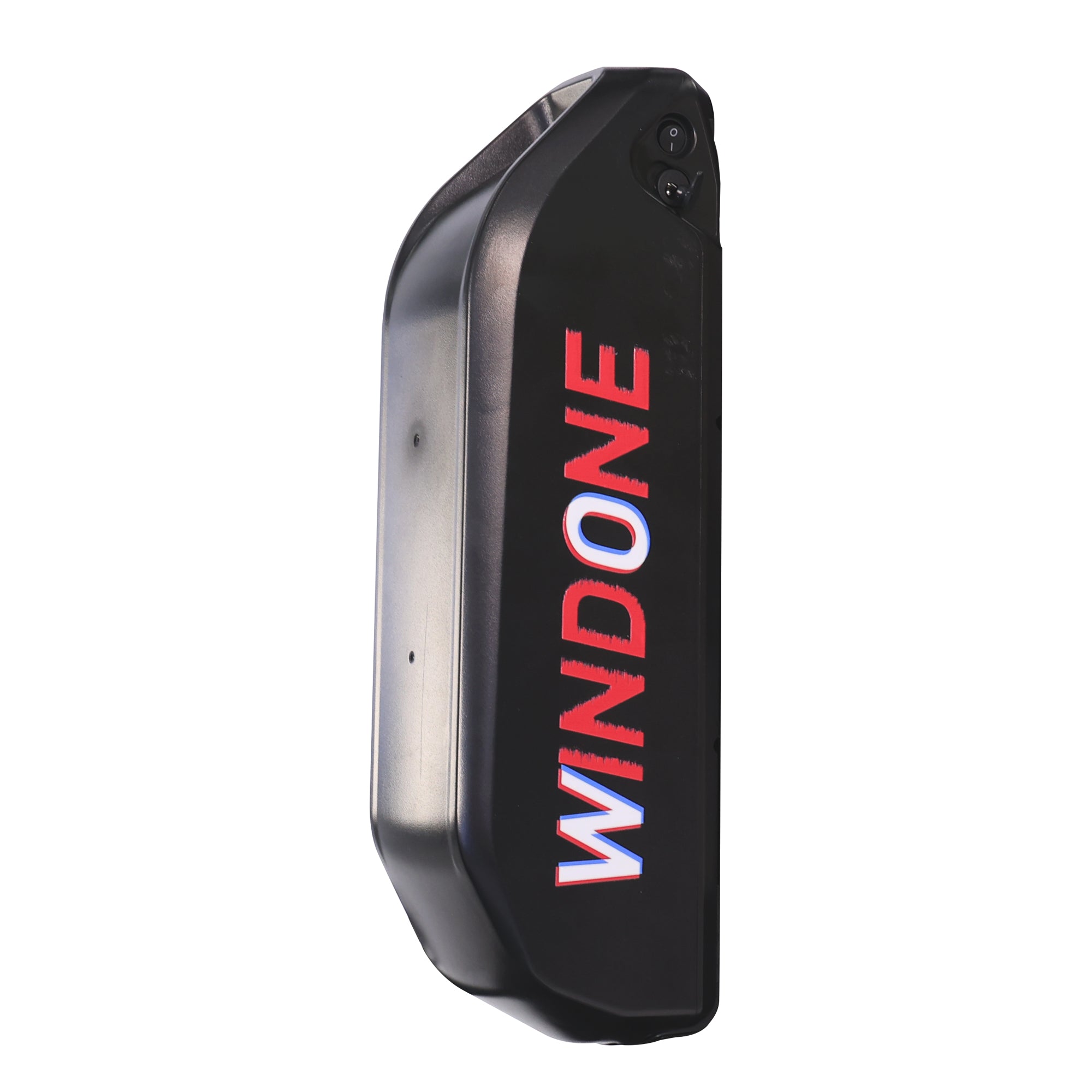
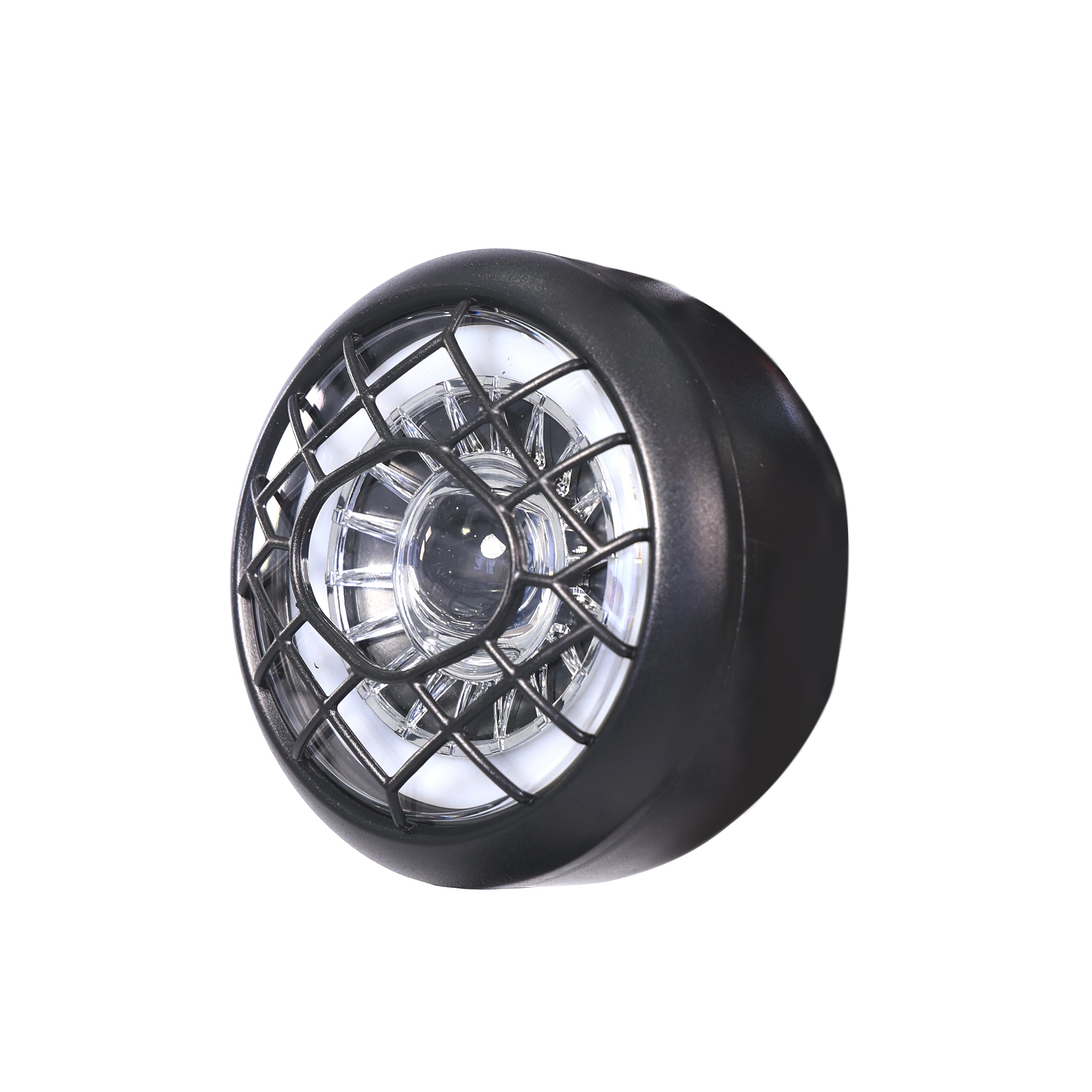
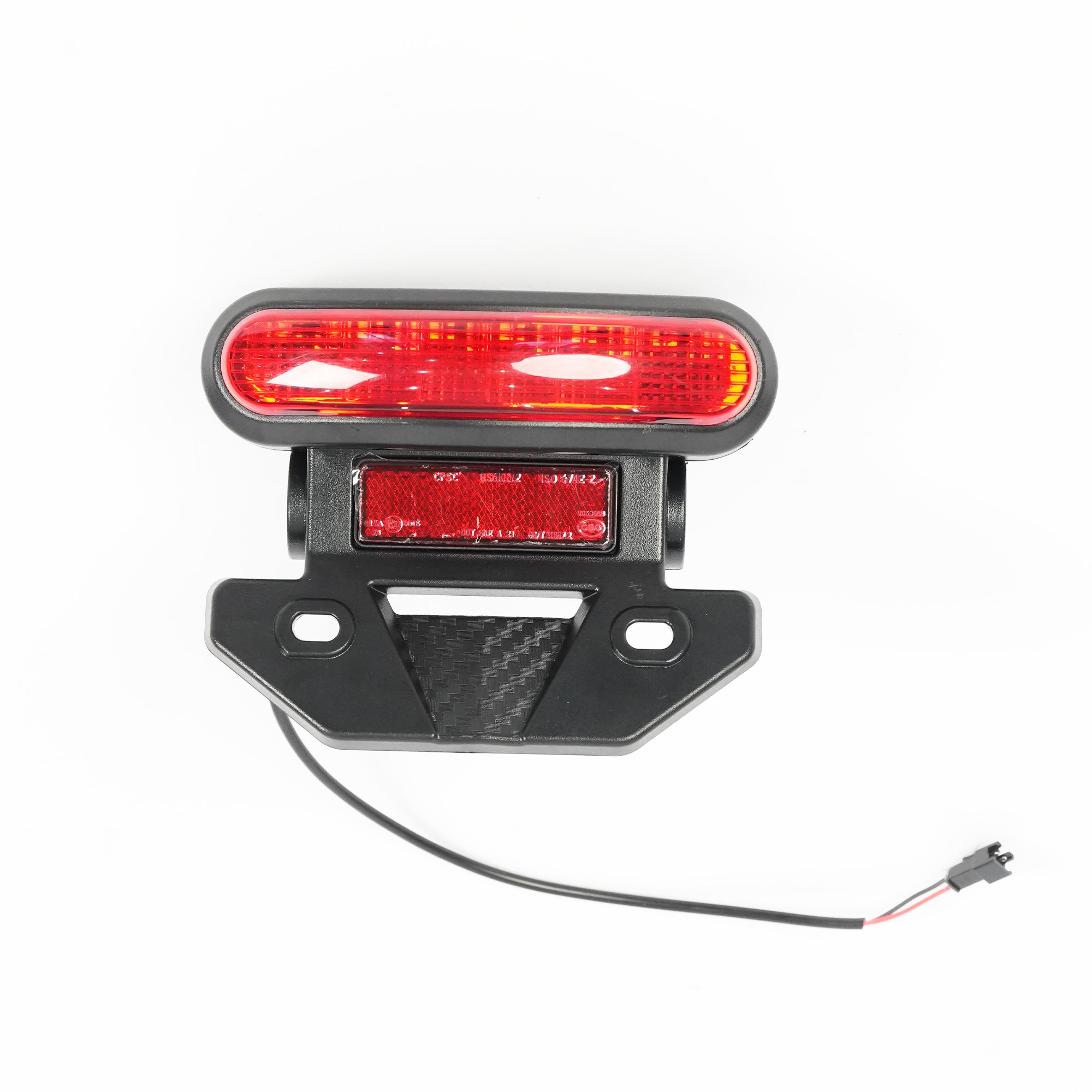
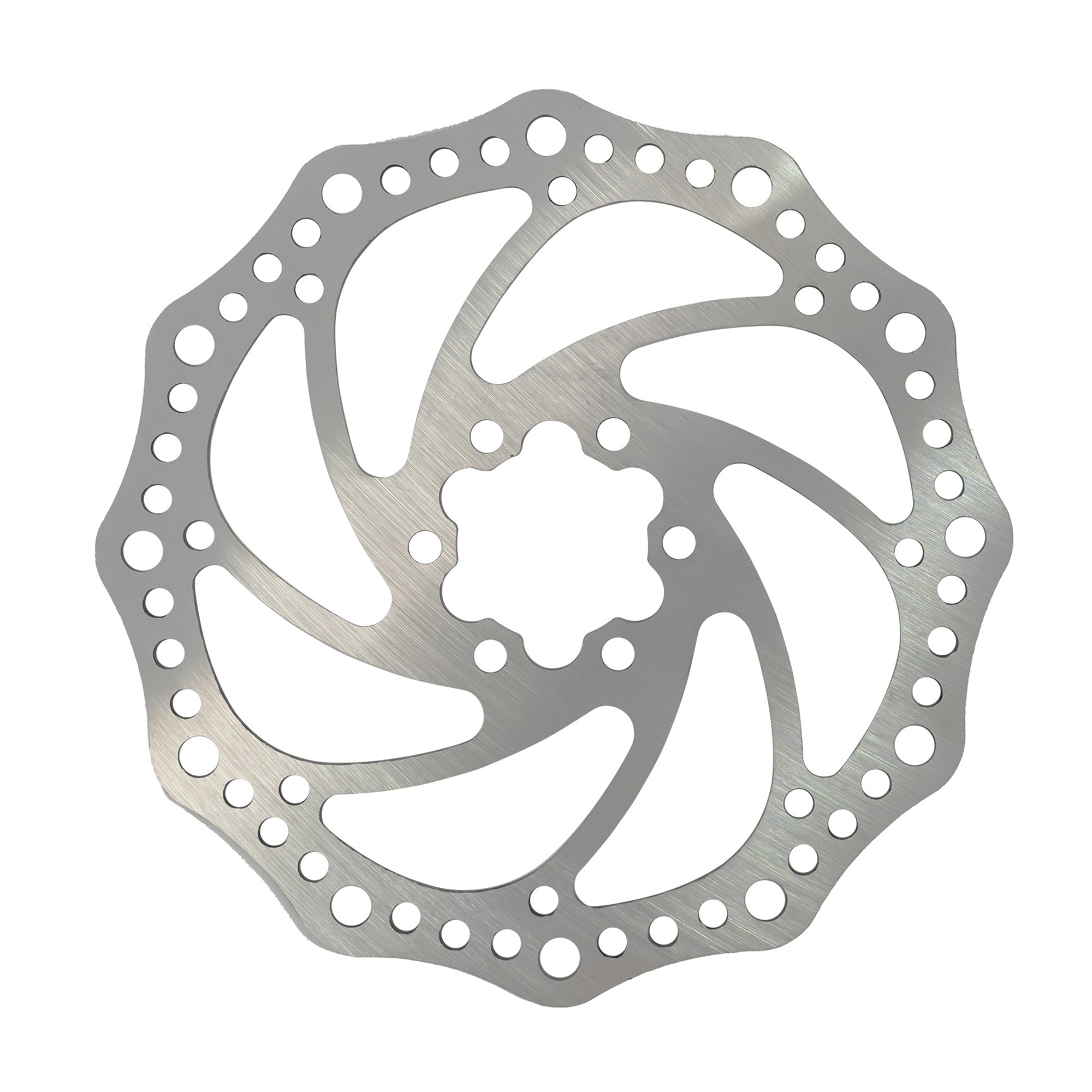
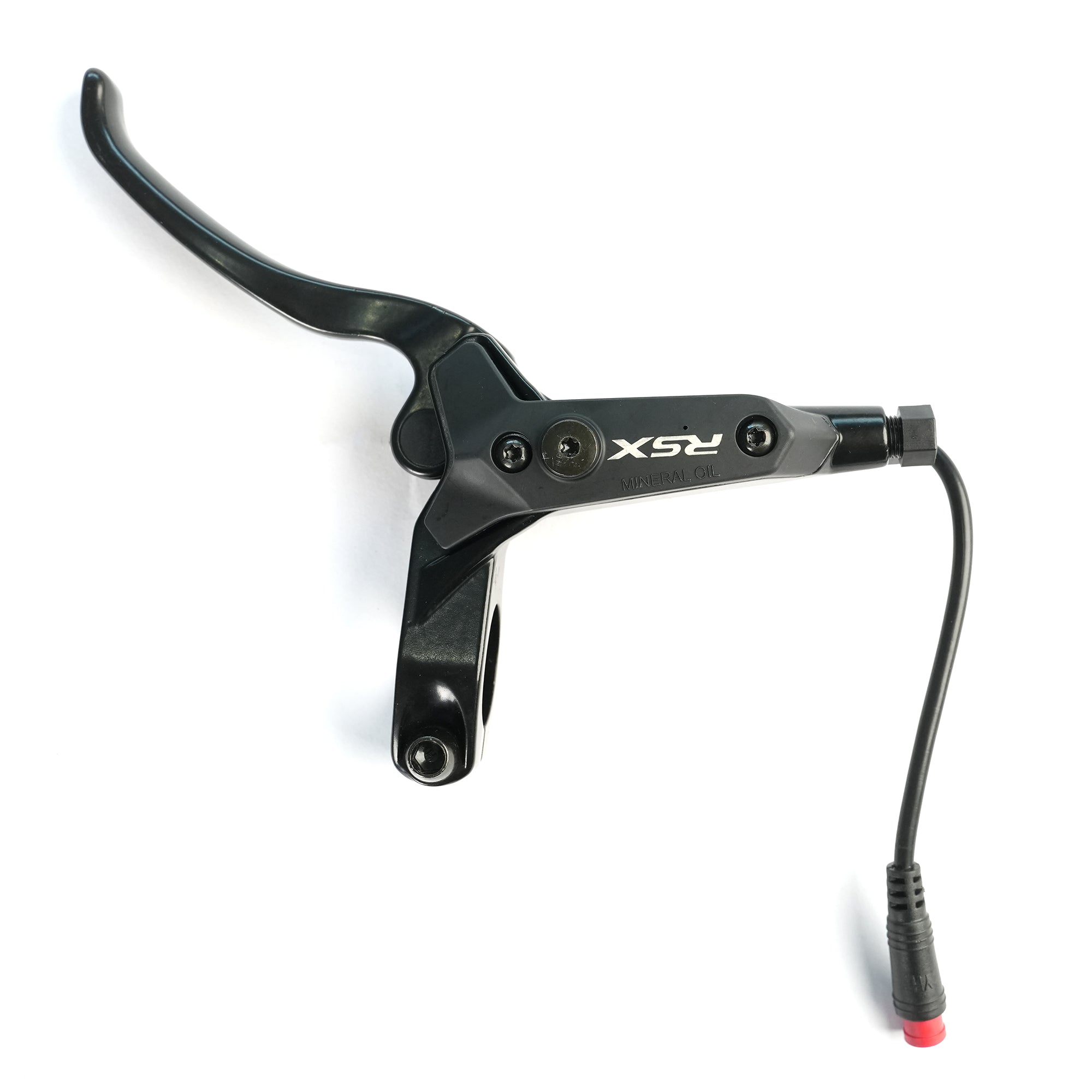
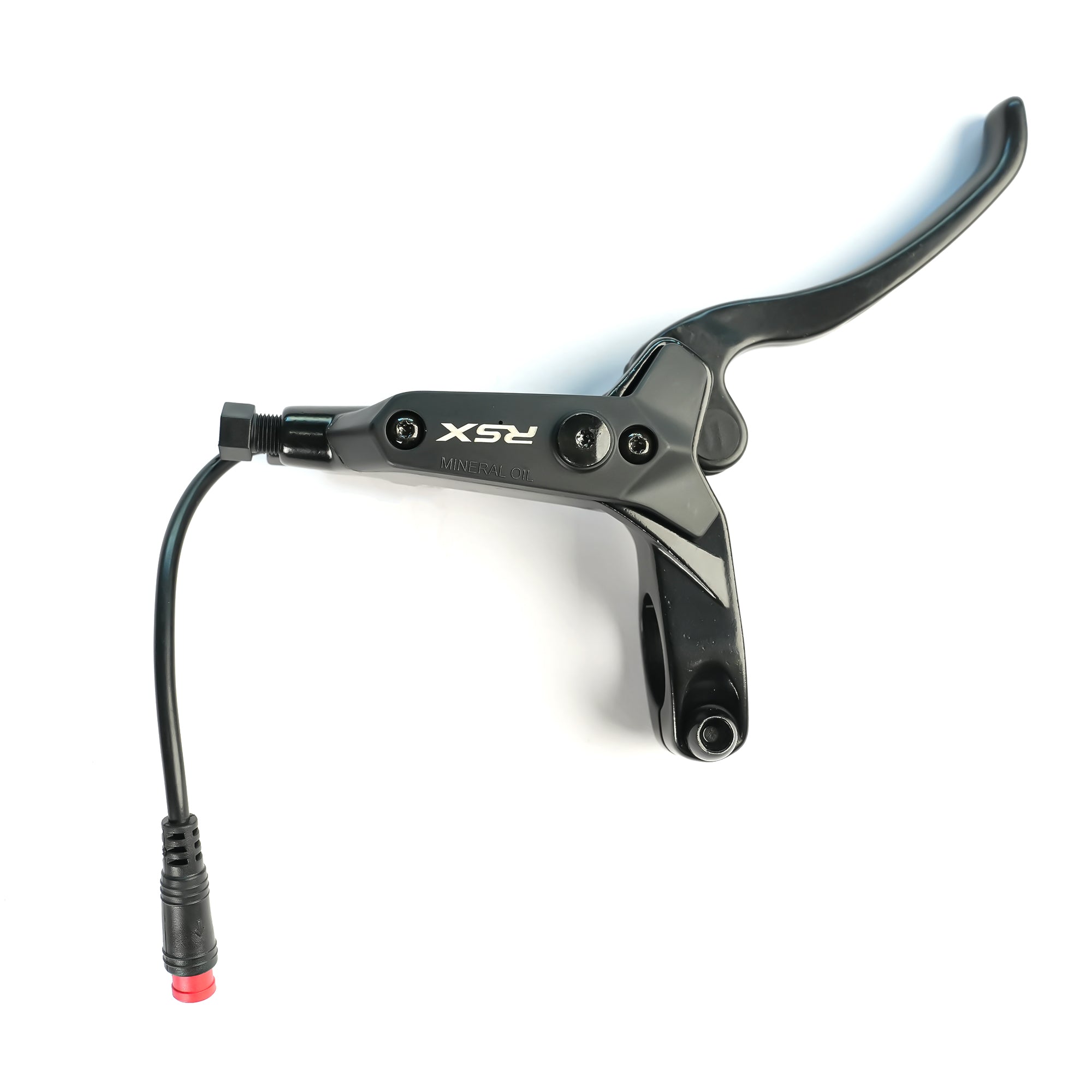
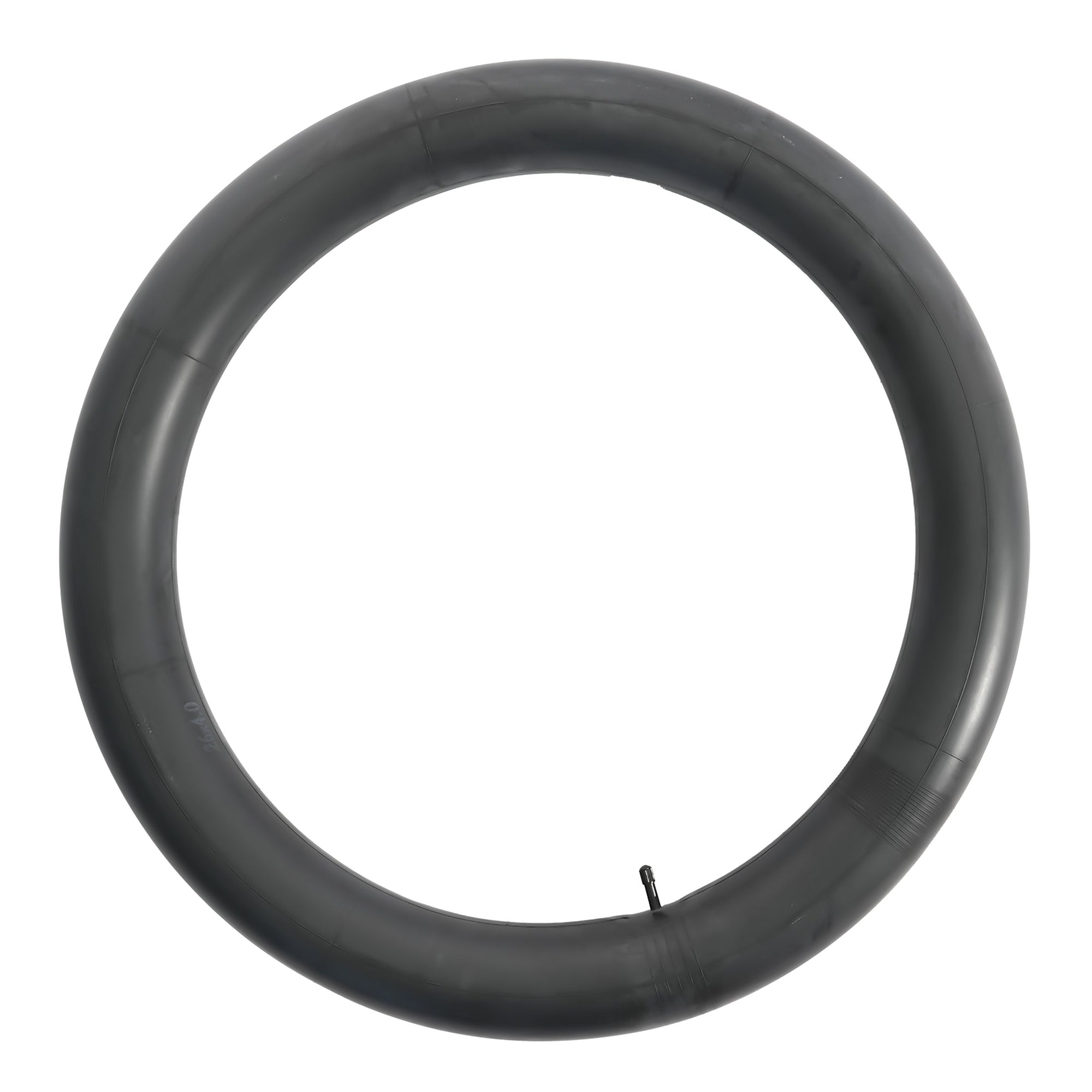
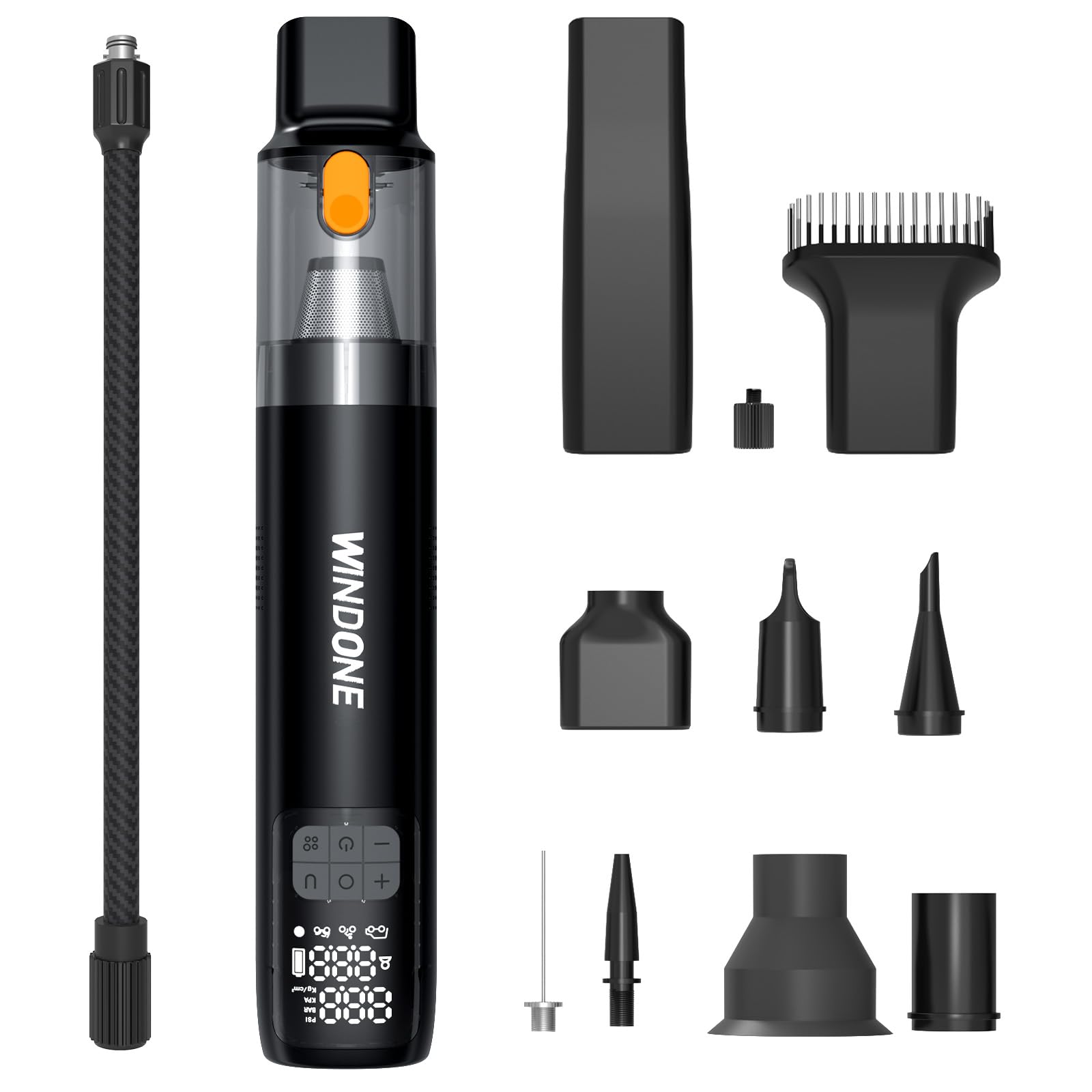
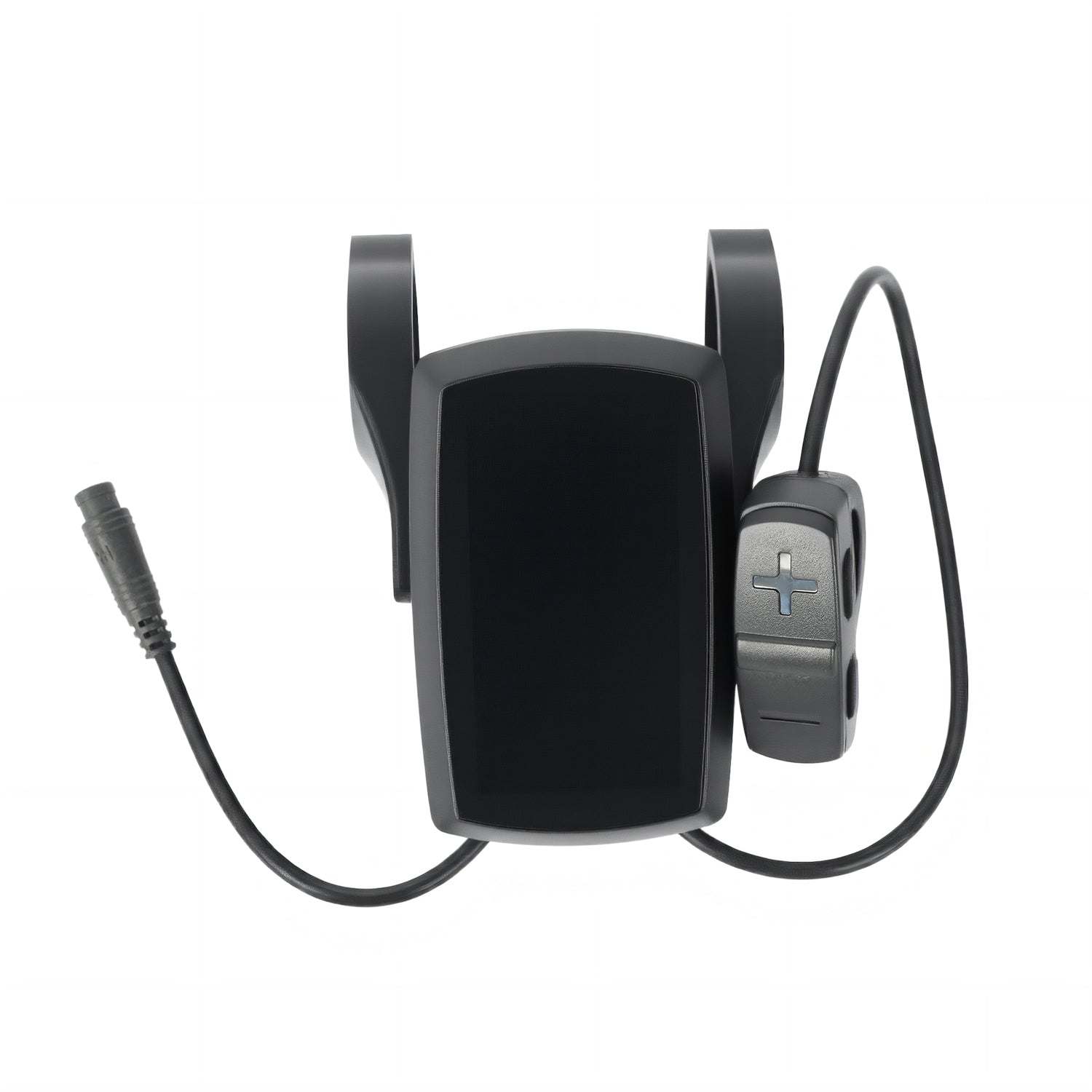
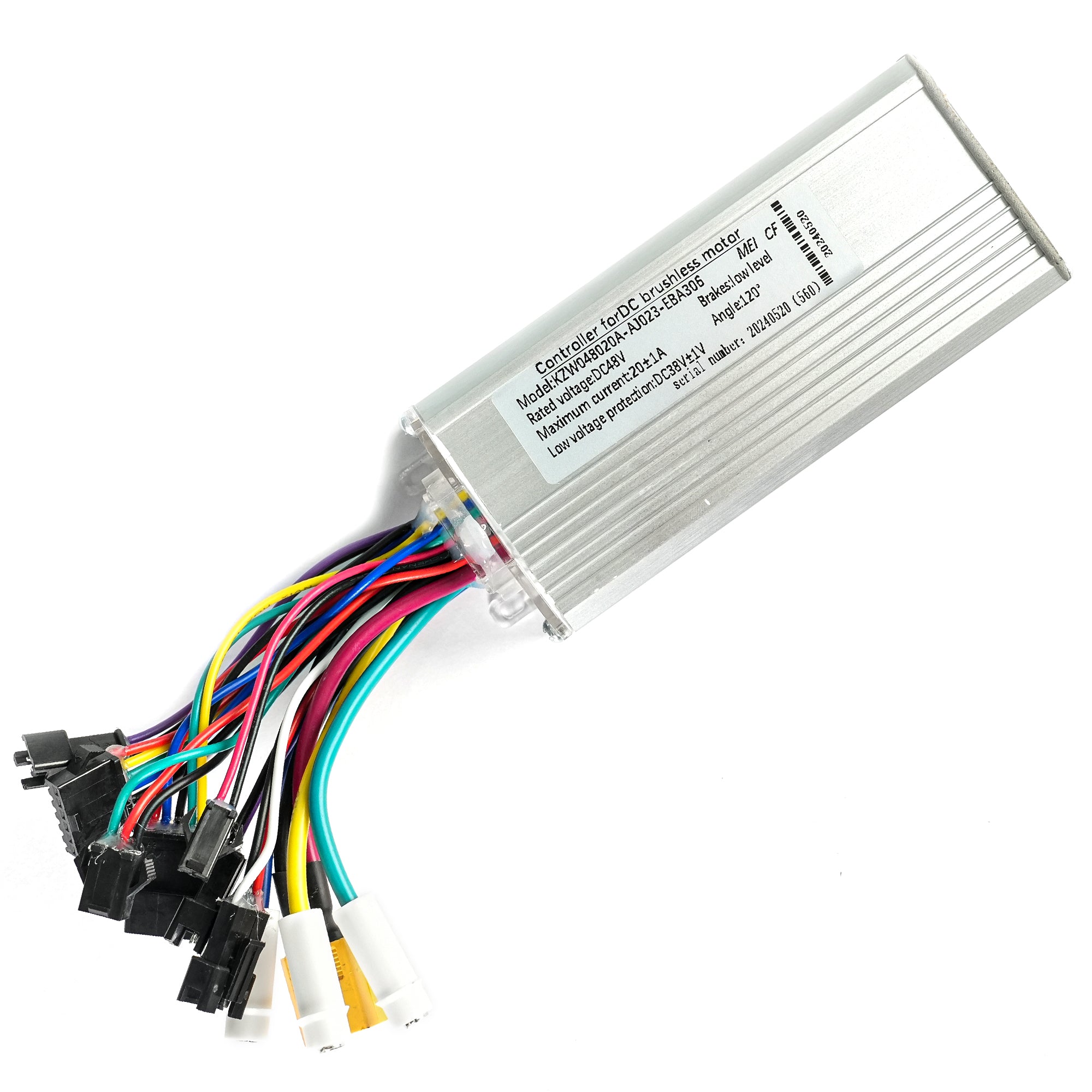
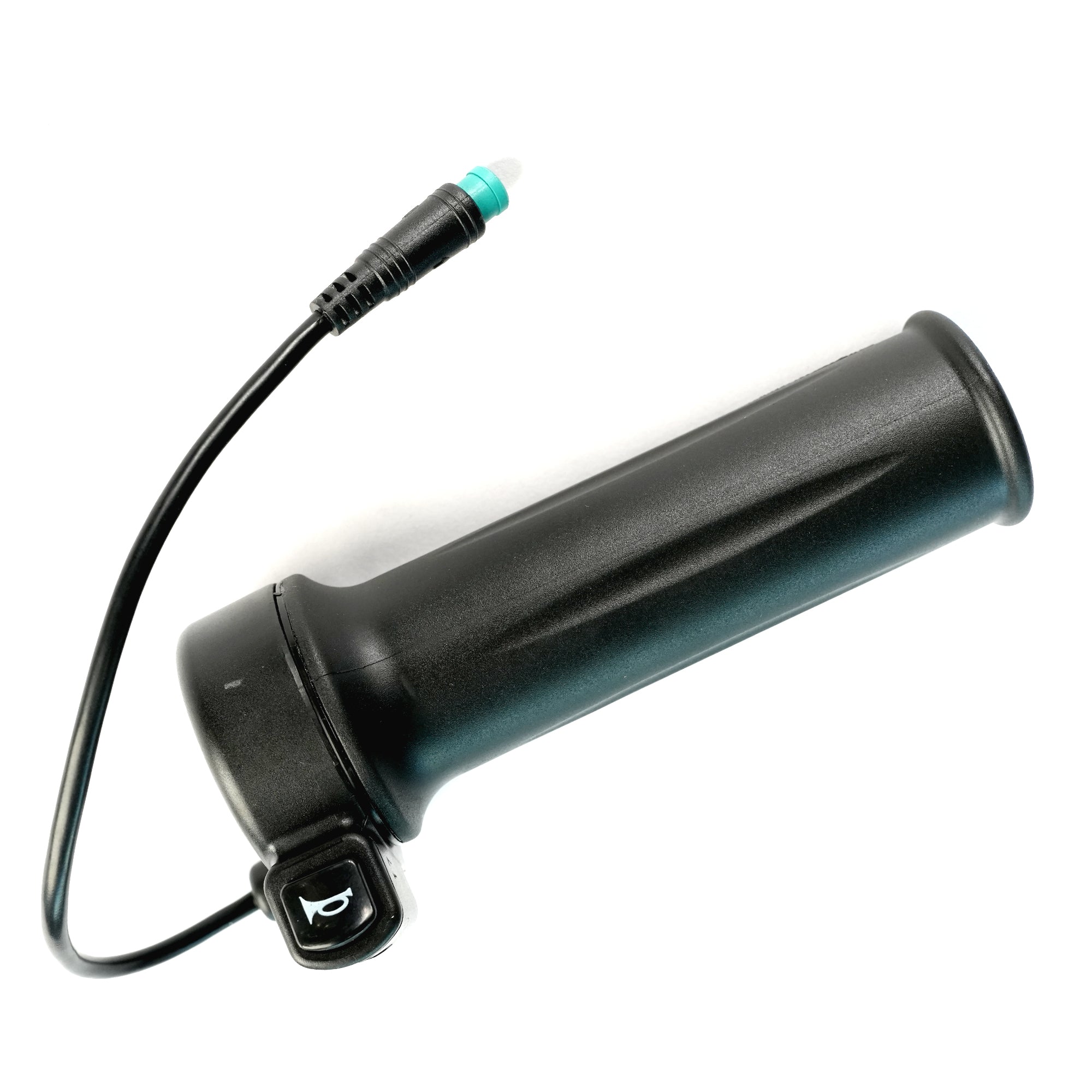
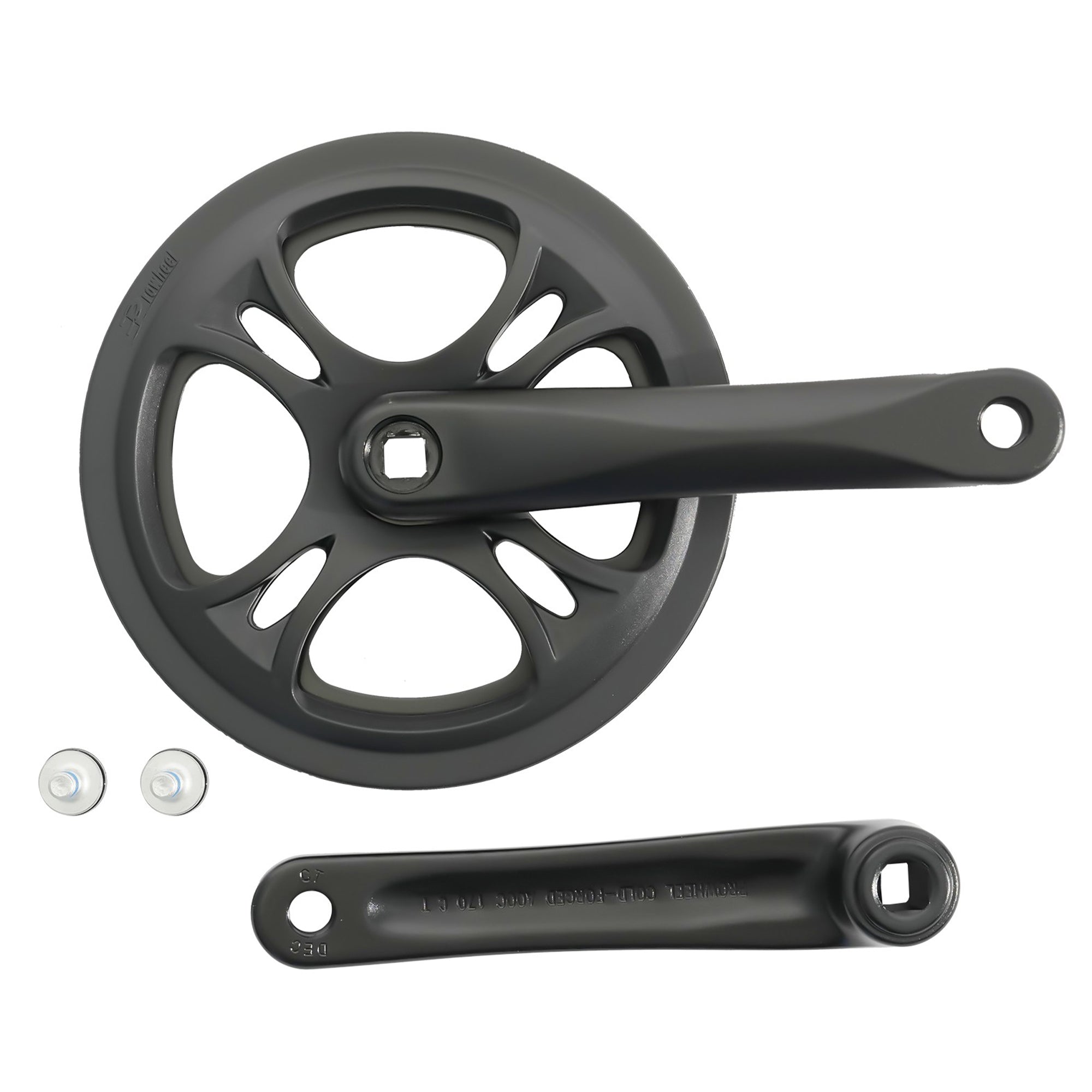
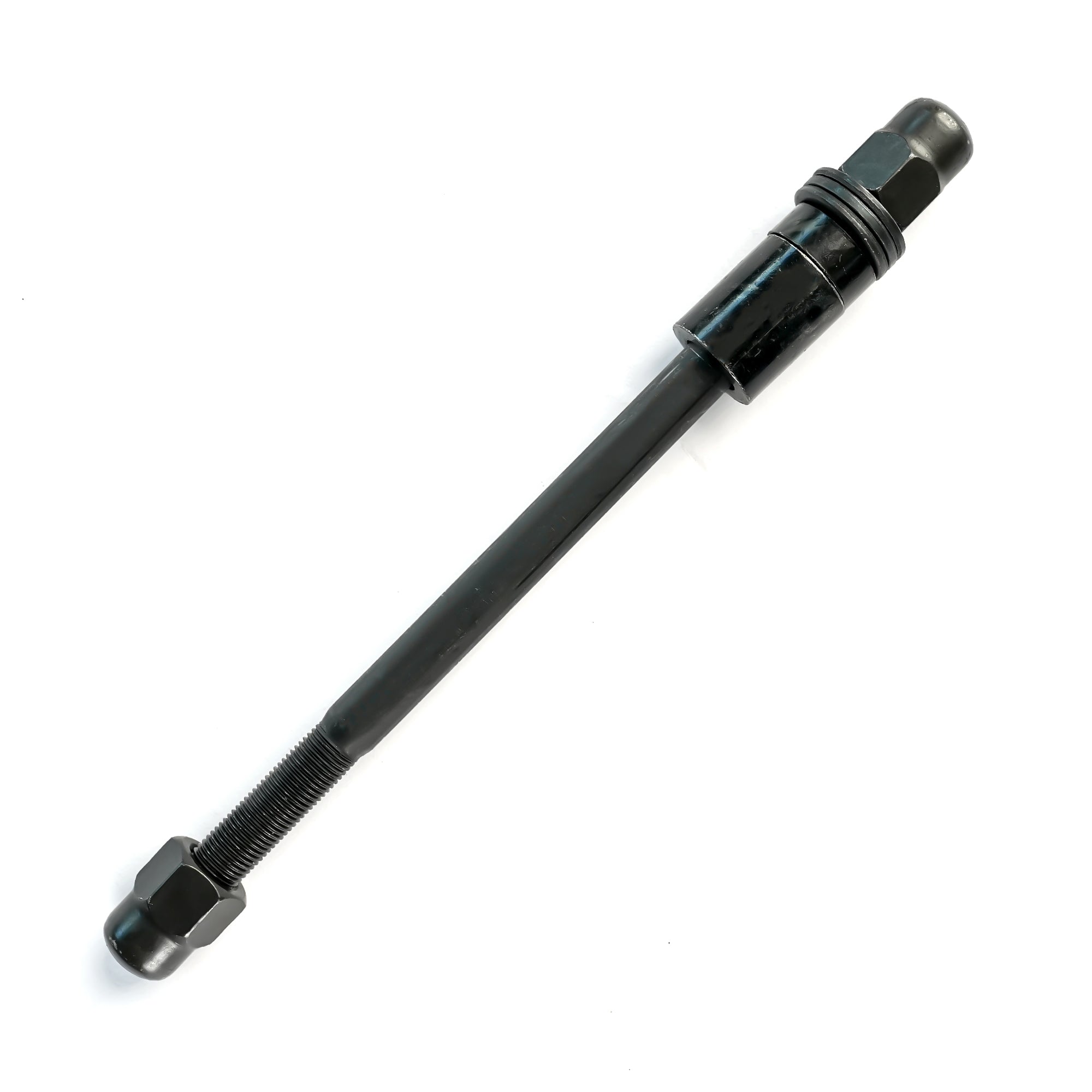
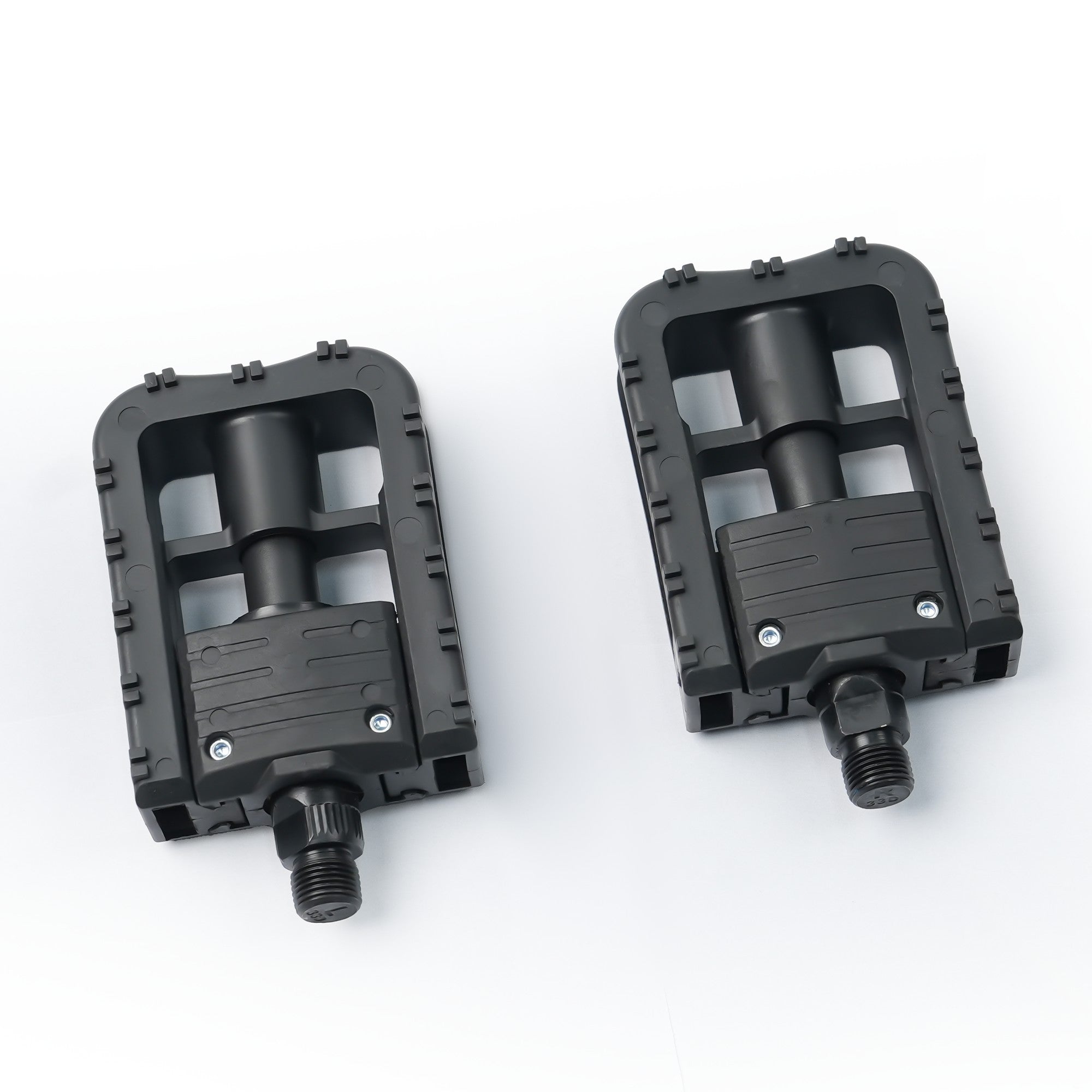
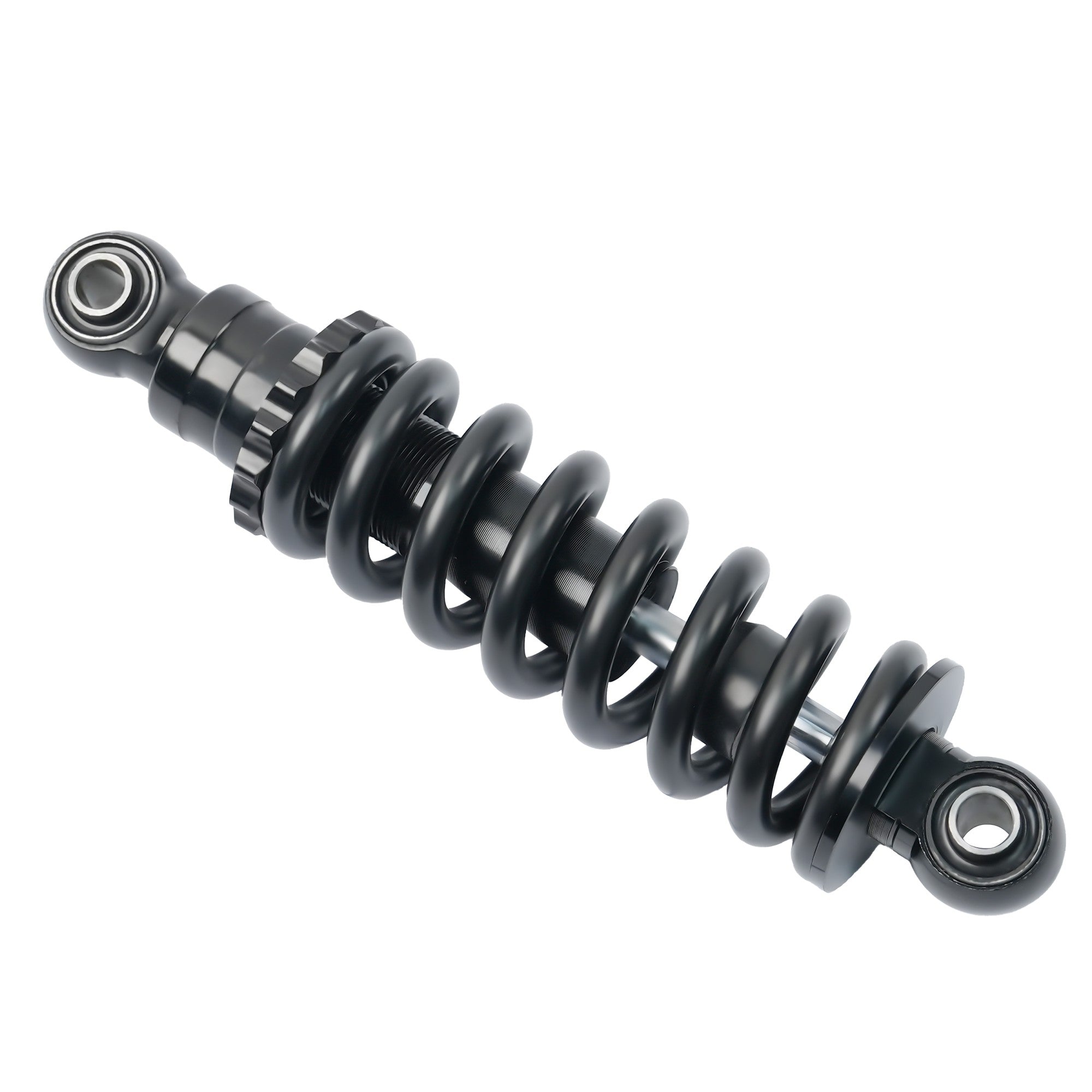
 Payment
Payment Afterpay Financing
Afterpay Financing Warranty
Warranty Shipping Policy
Shipping Policy Exclusive Discounts
Exclusive Discounts Track Your Order
Track Your Order Return & Refund
Return & Refund Referrals & Membership
Referrals & Membership User Manual
User Manual Contact Us
Contact Us FAQs
FAQs

